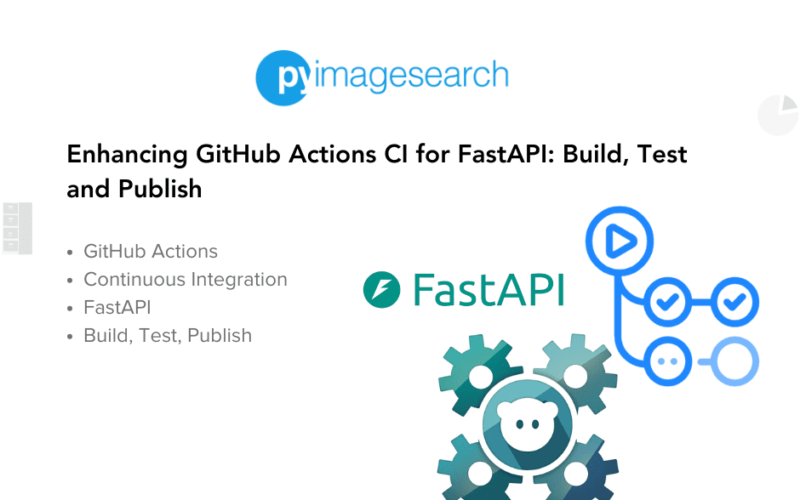21
Nov
arXiv:2411.13553v1 Announce Type: cross Abstract: While text-to-image models offer numerous benefits, they also pose significant societal risks. Detecting AI-generated images is crucial for mitigating these risks. Detection methods can be broadly categorized into passive and watermark-based approaches: passive detectors rely on artifacts present in AI-generated images, whereas watermark-based detectors proactively embed watermarks into such images. A key question is which type of detector performs better in terms of effectiveness, robustness, and efficiency. However, the current literature lacks a comprehensive understanding of this issue. In this work, we aim to bridge that gap by developing ImageDetectBench, the first comprehensive benchmark to…


